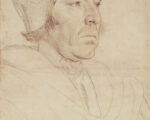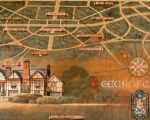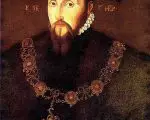Step into the shadows of history this Halloween and discover the haunted secrets of Hever Castle, once the childhood home of Anne Boleyn.
Join Messrs Watts, Moses and Cavendish as they lead you through a theatrical night of ghostly investigation and Victorian mystery. Together, you’ll venture beyond the veil between the living and the dead — exploring rarely seen corners of the Castle in search of spirits that may still linger there.
Your eerie evening begins at the Moat Restaurant, where you’ll meet your hosts before a lantern-lit walk along the Topiary Walk to the Castle Courtyard. Once inside, you’ll wander through the most atmospheric rooms of Hever Castle — familiar yet transformed — as haunting stories and spine-tingling surprises unfold.
Watch in wonder as a Victorian séance takes place before your very eyes. Are the spirits truly with you, or are you witnessing clever illusion? Only you can decide.
Blending favourite moments from last year’s experience with new, chilling twists for 2025, this immersive event promises to thrill both first-time visitors and returning ghost-hunters.
Each ticket includes a complimentary glass of Prosecco (or soft drink alternative) to steady your nerves before your journey into the unknown.
[Read More...]














